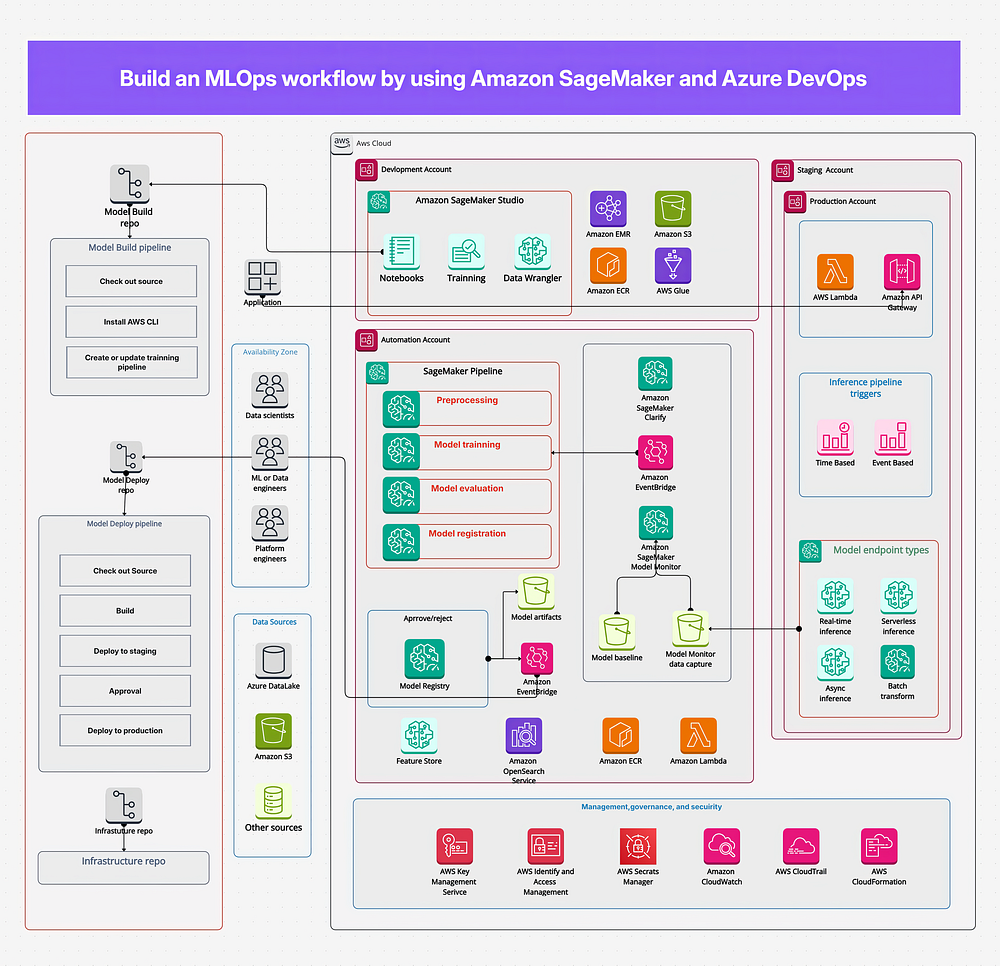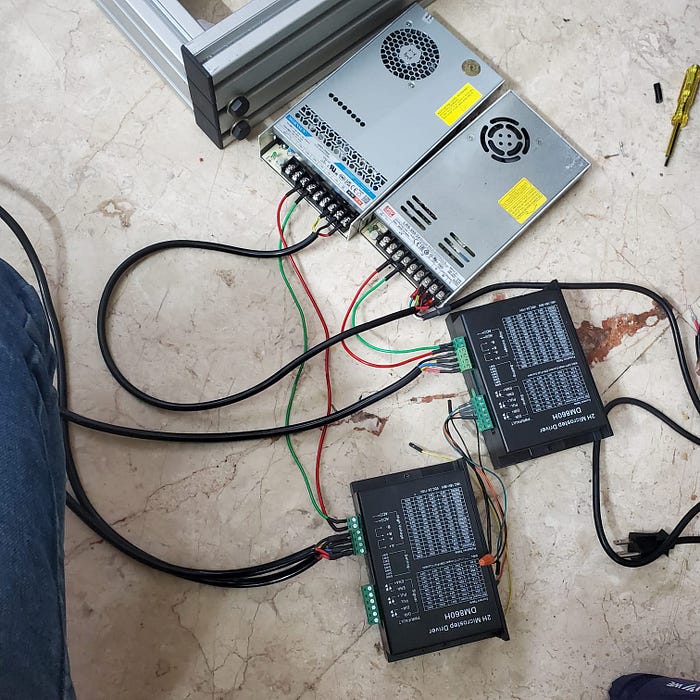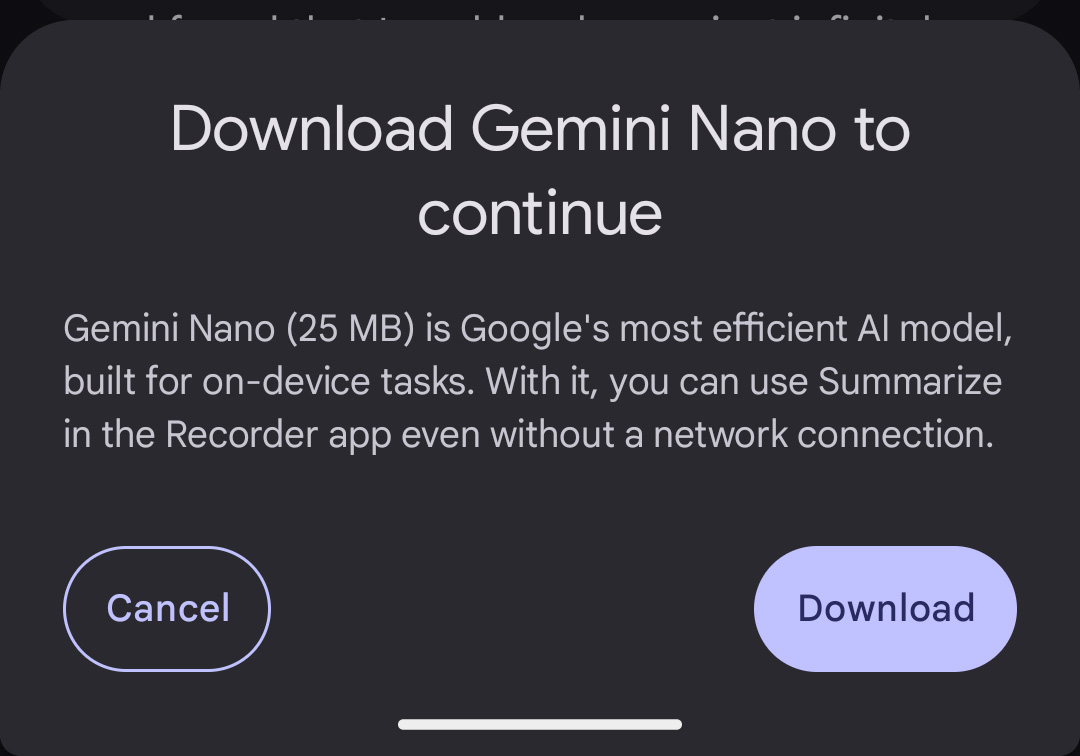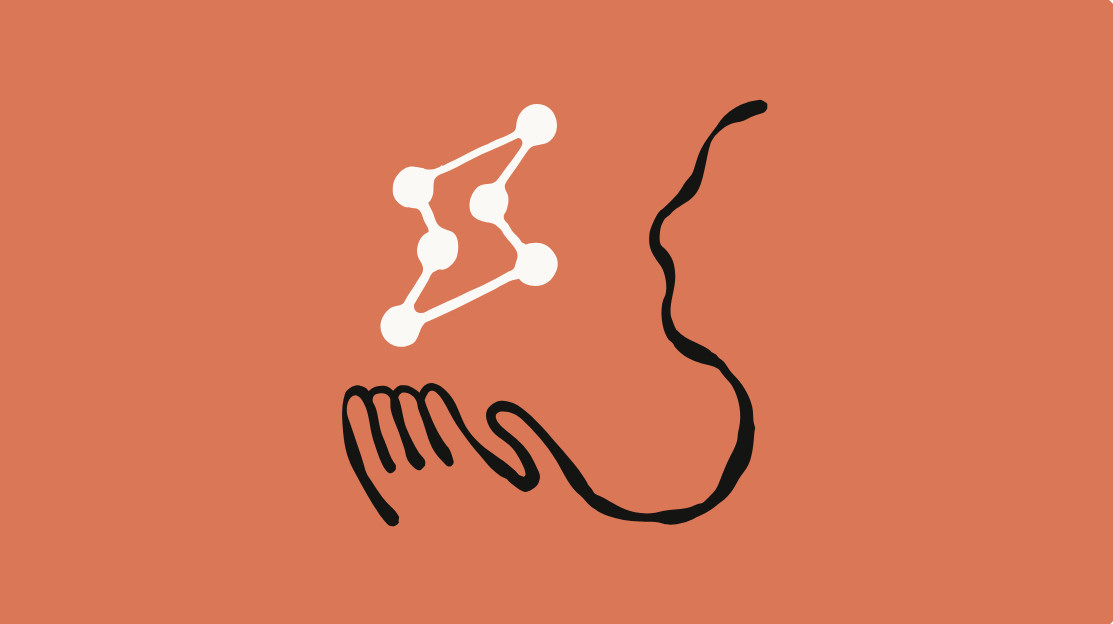Introduction to Artificial General Intelligence
The path to creating truly smart and effective AI, also known as Artificial General Intelligence (AGI), is not just about building a colossal, all-knowing brain. Instead, it’s about creating AI that can act, adapt, and evolve. Currently, Large Language Models (LLMs) are impressive, but the road to AGI demands more than just raw intellect; it requires agency.
Key Concepts: AGI, Agency, and Agentic Workflows
To understand the importance of agentic workflows in achieving AGI, let’s first define the main concepts:
- AGI (Artificial General Intelligence): An AI model that can perform any intellectual task a human can, including adapting, learning, reasoning, and acting across entirely new domains.
- Agency: The capacity of an entity to act purposefully in its environment to achieve goals. For an AI, agency means it’s not just passively responding to prompts but actively pursuing objectives.
- Agentic Workflows: These are the dynamic processes and systems an AI uses to exercise its agency, involving autonomous goal-setting, tool use, memory, learning, and adaptation in dynamic environments.
The Components of Agentic Workflows
Agentic workflows are composed of several key elements:
- Autonomous Goal-Setting & Planning: The AI formulates its own goals and strategies to achieve them.
- Tool Use & Orchestration: The AI can select, combine, and utilize various tools (other AI models, databases, APIs, execution environments) to accomplish tasks.
- Memory & Learning: The AI remembers past actions, learns from successes and failures, and adapts its strategies.
- Adaptation in Dynamic Environments: The AI adjusts its plans when encountering unexpected obstacles or new information.
The Limitation of Isolated Intelligence
Imagine a brilliant engineer stripped of their tools and resources. Despite their intellect, their ability to achieve anything significant is severely handicapped. This scenario illustrates that intelligence doesn’t operate in a vacuum; it thrives on interaction, tool use, and the ability to execute plans. For AGI, we can’t just build a disembodied digital brain; we need an AI that can act and interact with its environment.
Agentic Workflows: Enabling AI to Act Like Humans
Agentic workflows aim to achieve human-like capabilities in AI, such as:
- Contextual Flexibility: Switching between different modes or approaches as needed for a complex task.
- Learning by Doing: Iterating through problem-solving cycles, trying approaches, evaluating outcomes, and improving strategies.
- Beyond Monolithic Thought: Leveraging external knowledge bases, specialized sub-agents, and computational tools to create a distributed form of intelligence.
- Thinking About Thinking: Reflecting on its own thought processes and adjusting them, a form of meta-cognition.
- Inventing New Ways: Identifying the need for new tools or workflows and contributing to their creation.
Why Agentic Workflows Are Essential for AGI
These capabilities are not just beneficial; they are mandatory for achieving true AGI:
- Tackling Complexity: Breaking down complex challenges into manageable tasks and orchestrating diverse capabilities.
- Achieving Scale: Managing and coordinating operations of immense complexity.
- Adaptability and Robustness: Adapting to changes, finding alternative solutions, and continuing to pursue goals despite obstacles.
- Resourcefulness: Identifying and using the right tools for the job, rather than relying on a single, massive model.
Surpassing Human Adaptability
The ultimate goal is for AI to not just match human adaptability but surpass it, through:
- Speed: Learning and adapting at incomprehensible speeds.
- Scale: Managing immense complexity.
- Novelty: Devising new, counter-intuitive solutions.
- Self-Improvement of Workflows: Refining and optimizing workflows over time.
- Deeper Meta-Learning: Learning how to learn and strategize more effectively.
- Long-Horizon Reasoning: Navigating complex, multi-stage goals over extended periods.
Conclusion
The quest for AGI is not just about building larger models or faster processors; it’s about creating intelligence that is versatile, adaptive, and purposeful. Agentic workflows provide the framework for such intelligence, enabling AI to move beyond pattern recognition and become an active participant in problem-solving. Agency is not just a feature; it’s the fundamental engine that will drive us towards true Artificial General Intelligence.
FAQs
- Q: What is AGI, and why is it important?
A: AGI stands for Artificial General Intelligence, referring to AI that can perform any intellectual task a human can. It’s crucial because it represents the next significant leap in AI development, enabling machines to adapt, learn, and apply knowledge across various domains. - Q: What are agentic workflows, and how do they contribute to AGI?
A: Agentic workflows are dynamic processes that enable AI to exercise agency, involving goal-setting, tool use, memory, learning, and adaptation. They are essential for AGI because they allow AI to act purposefully, interact with its environment, and solve complex problems autonomously. - Q: How do agentic workflows differ from traditional AI approaches?
A: Traditional AI often focuses on isolated intelligence, where the AI operates within predetermined parameters without the ability to adapt or interact dynamically with its environment. Agentic workflows, in contrast, enable AI to operate in a more human-like manner, adapting to new information, using tools, and learning from experience. - Q: What challenges must be overcome to implement agentic workflows in AI?
A: Significant challenges include designing systems that can reliably plan in open-ended environments, integrate new tools seamlessly, and learn from failures and successes. These challenges are active areas of research, with approaches like Reinforcement Learning showing promise.











